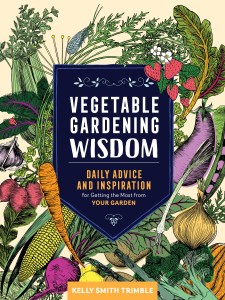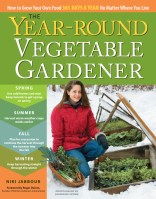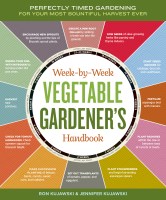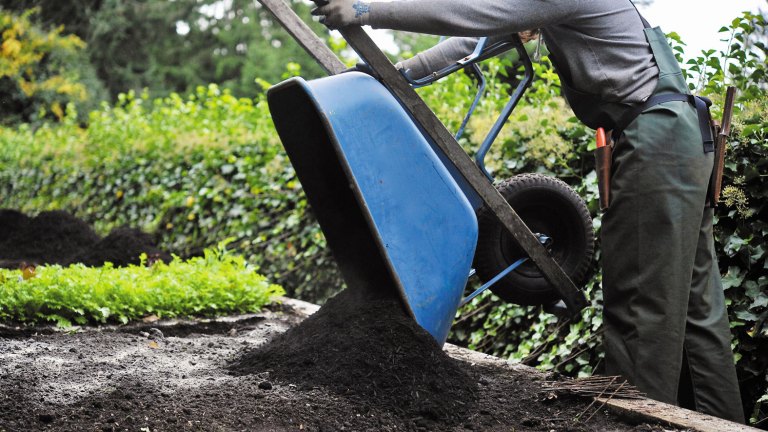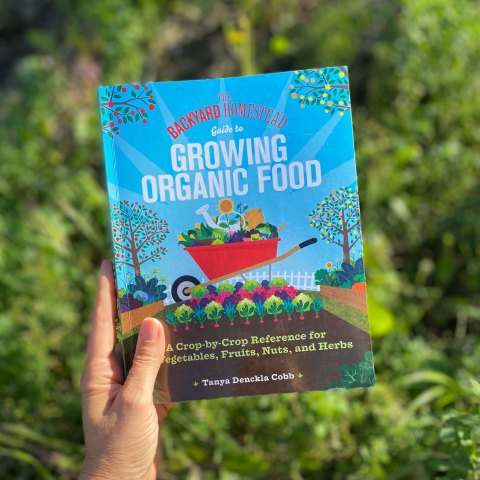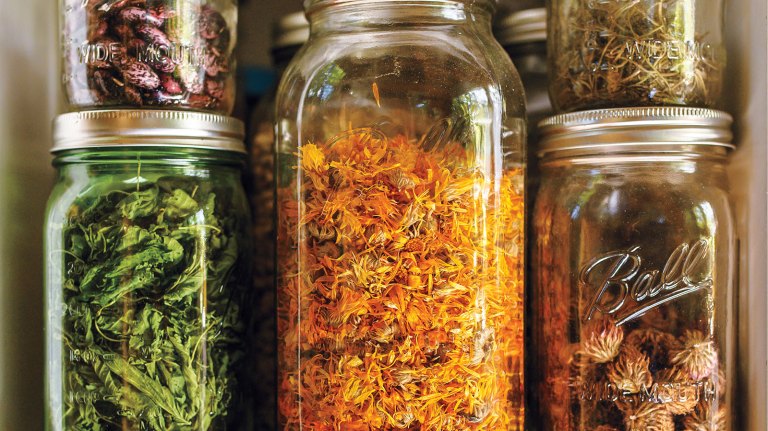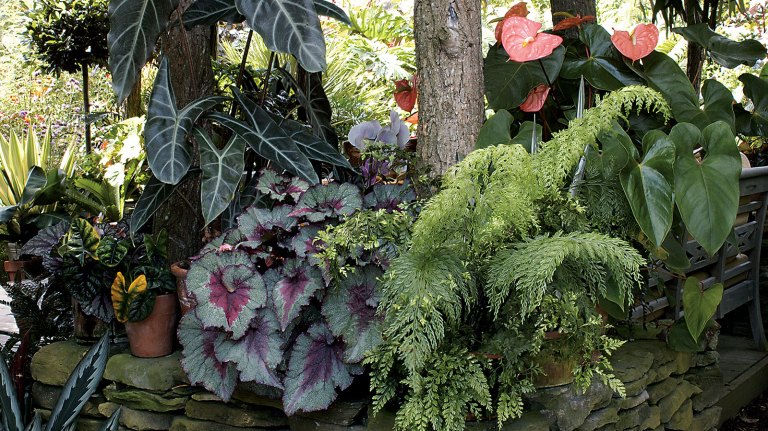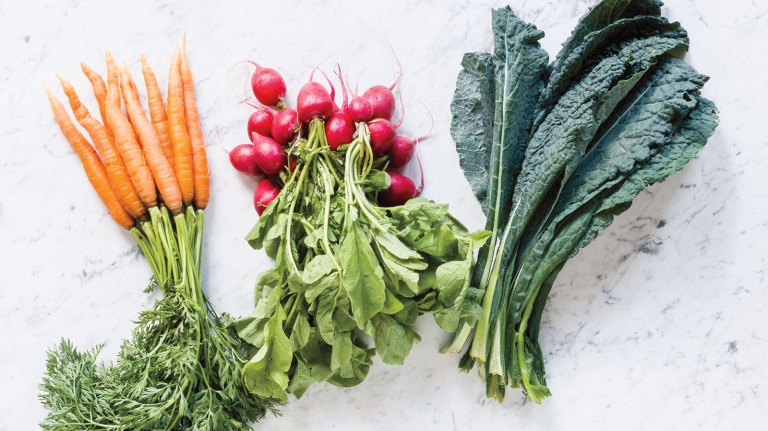Ten Tips for Making the Most of Your Peppers
You can find mineral makeup almost anywhere, from drugstore to department store. But not all mineral makeup is created equal.
It is possible for anyone to grow their own food, at least some of it; you don’t have to live in a small town or picturesque landscape. I’ve done it — at my third-floor urban apartment, where I planted tomatoes in pots in the parking area; at my first house, where I dug up the front yard to try growing a little of everything; and in my suburban backyard, where I currently garden in a series of raised beds.
The key is to start small and think of gardening as a lifelong education. Know you won’t be perfect, but if you truly care about your plants, you will be a good gardener. Whether you are growing a handful of plants or a vast array of vegetables, gardening is a way to nourish your hunger for connection with the ground and with your food.
Peppers — sweet or spicy — add visual appeal to growing space with their many-colored fruit, and amazing flavor to cooking. Start them from seed or find young plants at your favorite nursery. Plant them in the ground or in containers and tend them through the warm summer months for a veritable parade of peppers. These bite-size tips, bits of knowledge, and simple recipes will help you make the most of your harvest.
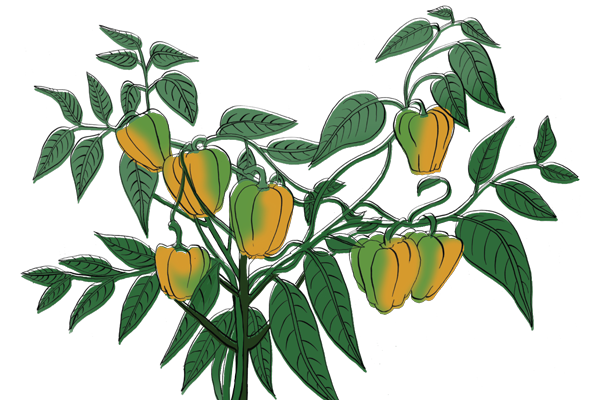
1. Peppers need heat to get started indoors. A heat mat is worth the cost, but you can also look for warm spots in your house, possibly the top of your fridge or near an oven or heat vent.
2. Remove blossoms from pepper transplants before setting them out in the garden and for a couple of weeks after planting. This gives the plant an opportunity to put energy into roots and leaves before pumping out peppers.
3. Keep in mind that despite their affinity for heat, peppers can suffer from sunscald (basically a sunburn) if leaf cover isn’t sufficient. Growing peppers near taller, leafier plants, like tomatoes, can help.
4. While peppers love heat, too much heat and humidity can prevent plants from producing well. You may see flowers simply drop from plants without ever making fruit. Wait it out until the heat wave subsides, and plants should bounce back. If you typically have periods above 90°F, plant heat-tolerant varieties.
5. All peppers — red, yellow, orange, purple, brown — start out green. Leaving the pepper to mature to its ripe color ensures that it will be as sweet or as hot as it can be.
6. Cut peppers from the plant using pruners or scissors to avoid snapping the stems.
7. In the Kitchen — Roasted Peppers: Roasting brings out a pepper’s sweetness and makes the skin easy to remove. It also softens the texture so you can easily purée peppers into a sauce or soup, or chop and add them to pasta or risotto. 1) Place whole peppers directly on a hot grill, no prep required. 2) Turn them with tongs for a consistent char. 3) When blackened, move to a bowl and cover with a plate or plastic wrap until cool. 4) Rub off the charred skin. Raw grilled, or roasted peppers freeze well. Just halve, slice, or chop them, and freeze in bags.

8. The heat in hot peppers is mostly concentrated in the ribs, not the seeds as many people think. To tone down the heat, remove the white membrane that attaches the seeds to the flesh of the pepper. If a particularly hot pepper sets your mouth on fire, reach for milk instead of water. Capsaicin — the compound in peppers that makes them hot — is fat soluble and better diminished by fats than water.
9. In the Kitchen — Hot-Pepper Vinegar: Simple hot-pepper vinegar is a ubiquitous condiment in the South. It adds zip to everything from barbecue to catfish to beans and greens. 1) Pack hot peppers into a clean pint jar. 2) Heat 1 cup vinegar with 1 tablespoon each sugar and salt, and bring to a boil. 3) Ladle vinegar over peppers and let the jar sit at room temperature for at least a week before using. 4) Refrigerate after opening.
10. In arid climates, dry hot peppers outdoors on a screen, or make a pretty pepper string. Use a large needle to thread twine through the tops of long, skinny peppers, like cayenne. Leave some space between each pepper to allow for airflow. In humid regions, dry peppers indoors, or use a dehydrator in a well-ventilated space.
